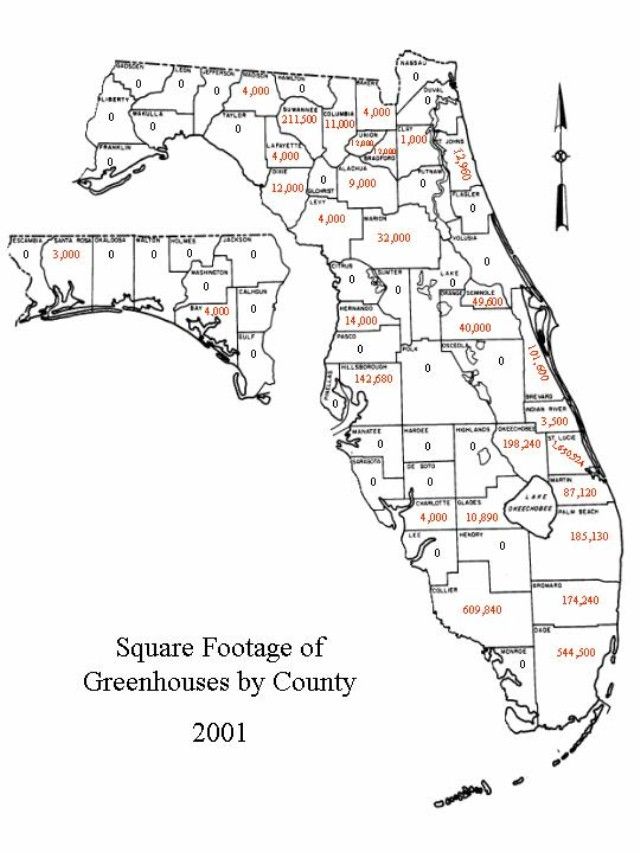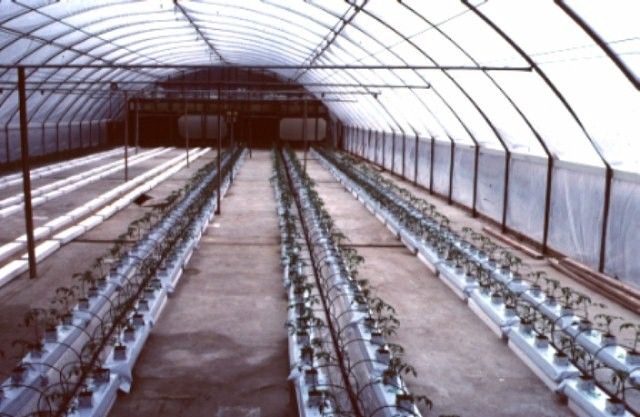Contributors
George Hochmuth, Horticultural Sciences, UF/IFAS North Florida Research and Education Center—Quincy, (850) 875-7116
Robert Hochmuth, Multi County Extension Agent, UF/IFAS North Florida Research and Education Center—Suwannee Valley, (386) 362-1725
Robert Dunn, Nematology, Retired
Freddie Johnson, Nematolgoy, Office of District Directors, (352) 392-1781
Pierce Jones, UF/IFAS Agriculture and Biological Engineering Department, (352) 392-8074
Tim Momol, Plant Pathology, UF/IFAS North Florida Research and Education Center—Quincy, (850) 875-7154
Jimmy Rich, Nematology, UF/IFAS North Florida Research and Education Center—Quincy, (850) 872-7130
Steven Sargent, UF/IFAS Horticultural Sciences Department, (352) 392-2134
Gary Simone, Former Extension Specialist, UF/IFAS Plant Pathology Department, (352) 392-1980
Suzanne Stapleton, Multi County Extension Agent, UF/IFAS North Florida Research and Education Center, (386) 362-1725
Mike Sweat, County Extension Director, UF/IFAS Extension Baker County, (904) 259-3520
Bill Thomas, County Extension Agent, UF/IFAS Extension Columbia County, (386) 752-5384
Susan E. Webb, UF/IFAS Entomology and Nematology Department, (362) 392-1901
David Zimet, Food and Resource Economics, UF/IFAS North Florida Research and Education Center, (850) 875-7125
Introduction
The production of greenhouse vegetables has increased in Florida during the 1980s and 1990s. Area in Florida counties under greenhouse vegetable production in 2001 is shown in Figure 1. A greater number of small operations exist in North Florida and fewer, but much larger operations exist in South Florida.

Greenhouse operations have been viewed by many as a means to diversify and improve farm income. These new growers are trying to take advantage of vegetable crop production which, in general, has higher return per unit area than agronomic crops. In addition, greenhouse vegetable growers have recently been able to benefit from the increased demand for specialty horticultural crops, a category which encompasses greenhouse vegetables (Figure 2).

Greenhouse vegetable production is not easy nor should it be viewed as an easy solution to a particular individual's economic problems. The difficulties inherent in greenhouse vegetable production are reflected in the relatively few acres of greenhouse vegetables grown in the United States compared to field vegetables. In general, greenhouse vegetable production in the United States is located near urban areas to benefit from the larger market potential, near industrial power plants to take advantage of reduced power and heating costs, or they are located in areas of the country with year-round abundant sunshine, such as Colorado or Arizona.
Greenhouse vegetables cannot usually compete directly on a price basis in the same markets with field-grown vegetables. Greenhouse vegetable production is much more expensive and more intensive and the crops must be marketed as specialty produce. Since greenhouse production is very costly and intensive, and the market for the specialty items is volatile, the prospective grower must be keenly aware of the special and exacting requirements of greenhouse vegetable production. This publication presents the special considerations that must be understood by all new or perspective greenhouse vegetable growers. Each point should be considered in light of one's own particular personality, capability, and financial status. Careful consideration of these factors will help prevent the perspective grower from making a regretful decision.
More Information
For more information on greenhouse crop production, please visit our website at http://smallfarms.ifas.ufl.edu.
For the other chapters in the Greenhouse Vegetable Production Handbook, see the documents listed below:
Volume 1: Introduction • Financial Considerations • Pre-Construction Considerations • Crop Production • Considerations for Managing Greenhouse Pests • Summary
Volume 2: Physical Greenhouse Design Considerations • Production Systems • Other Design Information Resources
Volume 3: Preface • General Aspects of Plant Growth • Production Systems • Irrigation of Greenhouse Vegetables • Fertilizer Management for Greenhouse Vegetables • Production of Greenhouse Tomatoes • Greenhouse Cucumber Production • Greenhouse Nematode Management • Alternative Greenhouse Crops • Vegetable Insect Identification and Management